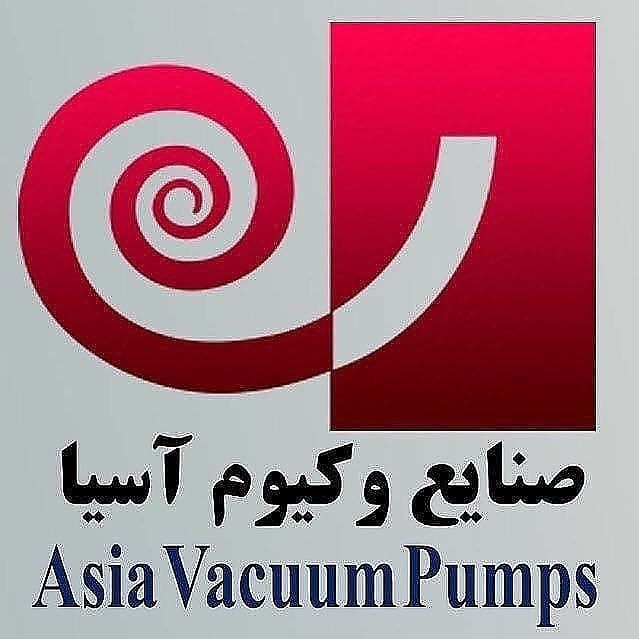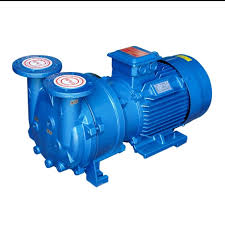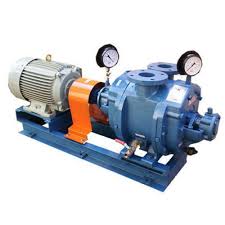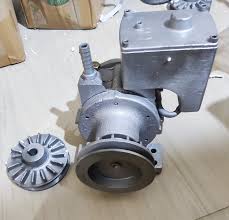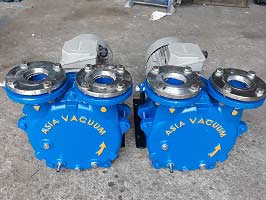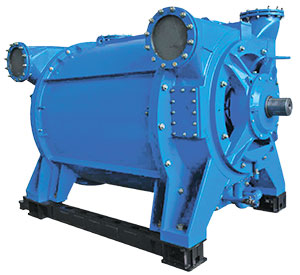How do you vent a vacuum pump?
[av_textblock size=” font_color=” color=”]
How do you vent a vacuum pump?
To avoid undesired contamination, vacuum chambers should be vented with dry nitrogen instead of air. This prevents water vapor and other condensable contents of the ambient air (such as solvent vapors) from depositing (adsorbing) on the vessel walls. Every condensate would extend the subsequent evacuation due to the slow process of desorption compared to a pump-down operation. If a vessel had been vented with inert gas, it should only be opened to allow the necessary work to be carried out to the inside the vessel. Opening the vessel for long periods will result in water vapor from the ambient air entering due to convection caused by movement of maintenance personnel or due to diffusion.
With the reaction chamber at low pressure, a venting system can be employed to bring the chamber back to atmospheric pressure, as needed if the chamber is to be opened. Venting a chamber involves two sets of actions:
Closing all valves which connect the chamber to pumps, other chambers, and other gas inlet connections.
How do you vent a vacuum pump?
For venting, pumping should be terminated, which is most easily done by closing all valves connecting the chamber to pumps. (Note: in other applications, such as maintaining a fixed pressure/flow condition in the reaction chamber, gas inlet may be used together with pumping).
Closing valves connecting to other chambers is helpful in order to isolate the pressure and usage change of the chamber to be vented. Closing valves connecting to other gas sources could be critical from a safety point of view. (E.g., if silane is flowing from another source into the chamber, it would be dangerous to venting the chamber to air, since silane is explosive and flammable in oxygen).
Opening a cutoff valve to admit inert gas (or air) into the chamber
Use of inert gas (nitrogen, argon, helium) is important so that reactive species present in air (e.g., water vapor, hydrocarbons) do not contaminate the chamber walls. The gas source for venting must provide (i) a tank pressure above atmospheric, and (ii) enough gas to fill the chamber to atmospheric pressure. The venting system should also provide means to terminate gas flow into the chamber when atmospheric pressure is reached, so that the chamber cannot fill to much higher pressures (since gas sources are often supplied at many times atmospheric pressure).
[/av_textblock]
